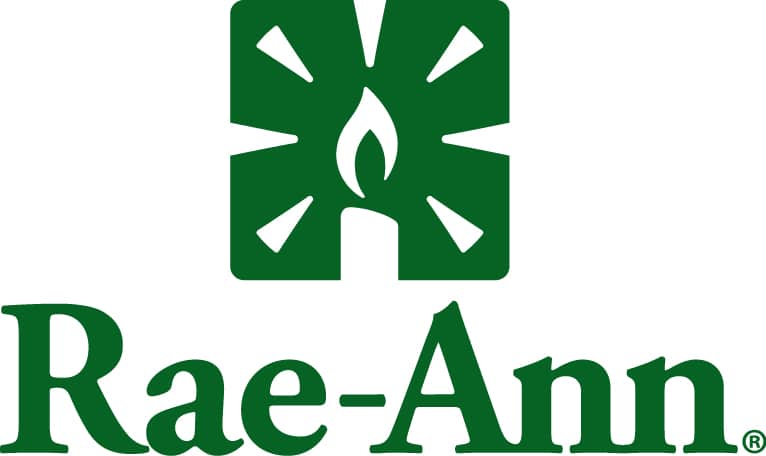If you have a young family member who has a disability, there is no doubt you have worried about their future financial security. Since that is the case, 2020 may be a good time to open an Ohio STABLE account.
In 2014, the federal government enacted the Stephen Beck, Jr. Achieving Better Life Experience Act, creating ABLE accounts, as they are known nationally. ABLE accounts are state-sponsored, tax-advantaged savings programs similar to 529 college savings plans. They allow persons with special needs and their families to save up to $15,000 a year, or more if the person with a disability is employed at a workplace that does not offer a 401(k) or other retirement program.
Ohio quickly became one of 42 states to enact its own version of the law – STABLE.
Who qualifies for a STABLE account?
To qualify, a person must have a disability diagnosed before age 26, receive Social Security benefits, or meet Social Security’s definition of functional limitations. Funds from a STABLE account can be used for any disability-related expense, including education, housing, transportation, assistive technology, job training, and health care.
Tax-free earnings and withdrawals
Contributions to STABLE accounts come from after-tax income, but earnings growth and qualified withdrawals are tax free.
There are additional benefits for Ohio residents. If you are an Ohio taxpayer, you can take a state income tax deduction of up to $4,000 for each STABLE account you contribute to, with unlimited carry forward. In other words, if you contribute more than $4,000 to a STABLE account in a calendar year, you can carry the remainder of your contributions forward to subsequent years until your entire contribution has been fully deducted.
It is important to note that STABLE or ABLE savers need not live in the state in which they have an account, and the rules around these accounts vary among states. So if out-of-state grandparents or other relatives wish to establish an account to benefit your child, they may do so either in Ohio or their home state. However, under the federal law a person with a disability may be a beneficiary of only one ABLE or STABLE account.
No impact on Medicaid or SSI eligibility
Notably, a STABLE account may grow to $100,000 without jeopardizing access to government assistance. For example, if you have $5,000 in your STABLE Account, that $5,000 does not count as an asset when determining eligibility for Supplemental Security Income (SSI) or Medicaid. Before STABLE accounts, persons with disabilities and their families were discouraged from saving too much because having more than $2,000 in cash or investments could mean a reduction or loss of critical benefits like Medicaid or SSI.
Because of their low setup costs, STABLE or ABLE accounts are a more realistic way to save than creating a special needs trust for many families. However, they have been slow to catch on. Nationally, fewer than 1 percent of persons with disabilities who qualify have ABLE accounts, according to the ABLE National Resource Center.
Pre-loaded debit card
An additional benefit for Ohio STABLE account holders is the ability to obtain a debit card on which you can load an amount of your choice from your STABLE account. Only funds from your STABLE account can be loaded on the card, making it easier to track withdrawals and expenditures and to avoid commingling personal funds.
If you are the Authorized Legal Representative for an individual with a disability, you can obtain the primary card for your use and a companion card for the beneficiary of the account. A discrete loading feature allows you to limit the funds the beneficiary can access at any given time.
To learn more, contact our advisors or visit the ABLE National Resource Center at www.ABLEnrc.org, or the Ohio Stable Account website.
Featured Post

Featured Client Testimonials
BW is a true partner to us. Their knowledge, expertise, and service are a valuable resource to us and play an important role in our success!
John Allen - Vice President of Finance, Kaufman Container

Featured Client Testimonials
I appreciate the exceptional tax advice we received over the years. The (BW team) has a good grasp of our business needs. Thank you for your excellent service.
John Griffiths - Owner, Rae Ann, Inc.

Featured Client Testimonials
Barnes Wendling has been our company accountants for over seven years. Their knowledge has been instrumental in helping us grow strategically during this time. And although we’ve seen many changes in our economy that we cannot control, we’ve always been able to trust the Barnes team to be by our side. The Barnes team feels like family. We can’t thank them enough for their support!
Christine Kloss - Controller, AT&F

Featured Client Testimonials
Barnes Wendling has been our company accountants for over 15 years. During this time, the business has grown exceptionally, and Barnes has kept pace, providing accurate, quality advice. Our finances are more efficient than ever, and the expense of hiring Barnes has been a definite positive add to our bottom line. I give my highest recommendation to their firm.
David Miller, MD - President, Retina Associates of Cleveland

Featured Client Testimonials
Barnes Wendling has provided us guidance and recommendations that have strategically helped strengthen our business and position ourselves for growth. We needed to hire a new VP of Finance and Controller this past year, and they were instrumental in helping us find the best candidates for our company.
Sara Blankenship - President, Kaufman Container

Featured Client Testimonials
We value the trust, accuracy of information, and reliability of Barnes Wendling and Mike Essenmacher personally. Mike has been instrumental as a trusted advisor on accounting, tax, and personnel issues. His advice is always accurate, and he is very reliable. His associates are also very talented.
Dominic Ozanne - President and CEO, Ozanne Construction Company

Featured Client Testimonials
We value Barnes Wendling’s expertise with all things accounting so we can operate our business using our strengths and allowing them to be our experts. They have also brought me a few business sale opportunities to allow me to grow my assets.
John Gaydosh - President and Metallurgical Engineer, Ohio Metallurgical Service

Featured Client Testimonials
Barnes Wendling (especially Lena) did a great job with our financials. Everything. It is extremely refreshing and comforting to know that all of our numbers are not only correct, but they are in the right place(s). Your diligence and reporting truly does make me (personally) feel better.
Thomas Adomaitis - Controller, Bialosky Cleveland

Featured Client Testimonials
I can wholeheartedly tell you that I have yet to work with an audit or tax team that have been more helpful, easy to work with, and committed than the team at Barnes Wendling- I have been through three different firms in the last few years.
Michelle Saylor, Former Controller, Aero Mag

Featured Client Testimonials
Floyd Trouten at Barnes Wendling CPAs is an “expert’s expert” when it comes to M & A accounting. Not only does he understand the evolving details of the Tax Code but he also sees the fine points of their application for owners, managers, investors, and financiers.
Mark A. Filippell, Western Reserve Partners

Featured Client Testimonials
The service is amazing at Barnes Wendling CPAs. The benefit is worth more than the cost. Sometimes it’s true that you get what you pay for.
Mark Boucher - Former Owner, Castle Heating & Air





